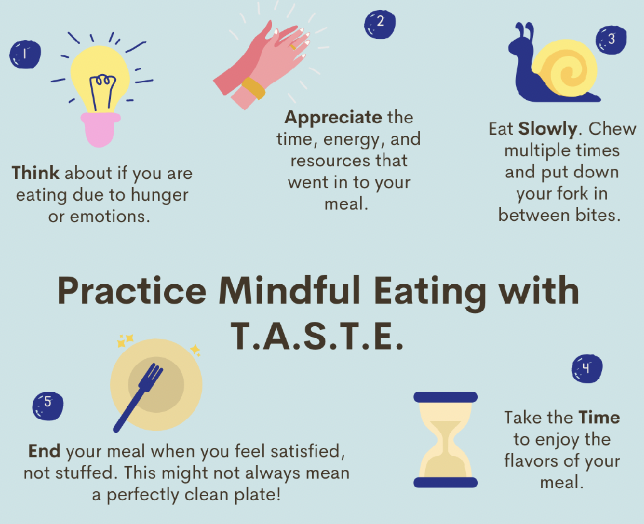How To Practice Daily Mindfulness
Have you ever been recommended to “practice mindfulness” and wondered… What is mindfulness, how do you practice it and what are the benefits? How do I get started? Well, you’ve come to the right place.
Some words that come to mind when most people hear the word mindfulness is meditation, yoga, and breathing exercises. These are widely used forms of mindfulness, but they are not what make up the entirety of the term mindfulness. Mindfulness is an umbrella term that entails a long list of practices and ways of being.
“Here’s the thing that many people find confusing about mindfulness: it’s not a temporary state of mind that is present during meditation and then vanishes for the rest of the day. Rather, mindfulness is a way of living in which – when we remember – we are able to step back and be in the present moment in any situation”.
What is mindfulness and how can it help you?
Definition: Mindfulness is described as one’s awareness of their internal states and surroundings in the present moment; being fully engaged with whatever activity you’re doing at that moment and free of distractions; bringing awareness to our thoughts and feelings without getting caught up in them.
Benefits:
- Focusing on the present moment can entail a long list of benefits. For one, it can aid in helping people avoid destructive or automatic responses by learning how to observe their thoughts and emotions in real-time without judgment.
- Lower levels of stress.
- Better sleep.
- Improved concentration and mental clarity.
- Increased positive emotions (i.e., happiness).
Get started with mindfulness & meditation:
Well, as with any new skill, incorporating mindfulness into our daily routines can take time; therefore, it’s important to start small.
Mindful Eating
Definition: Mindful eating focuses on your eating experiences and body-related sensations, in addition to your thoughts and feelings about food as you engage in heightened awareness and refrain from judgement. Attention can be focused on the foods being chosen, internal and external physical cues, and your responses. This may look like paying attention to how the food tastes and feels, eating slower, chewing thoroughly, stop eating when you’re full, and so on.
Mindless Eating
- Eating past full and ignoring your body’s signals
- Eating when emotions tell us to eat (e.g., sad,
- bored, lonely)
- Eating alone, at random times and places
- Eating foods that are emotionally comforting
- Eating and multitasking
- Considering a meal an end product
Mindful Eating
- Listening to your body and stopping when full
- Eating when our bodies tell us to eat (e.g., stomach growling, low energy)
- Eating with others, at set times and places
- Eating foods that are nutritionally healthy
- When eating, just eating
- Considering where food comes from
Daily Tasks
Making the bed:
Pay particular attention to how the corners fold and the texture of your sheets; engulfed in the task of making your bed and tuning into the present moment.
This may look like: Focusing on your breath as you pull the bedding down, tune into your senses when tucking in the sheets and blankets, and practice positive thinking while placing the pillows down.

Looking to work on mindfulness? Call us today!








